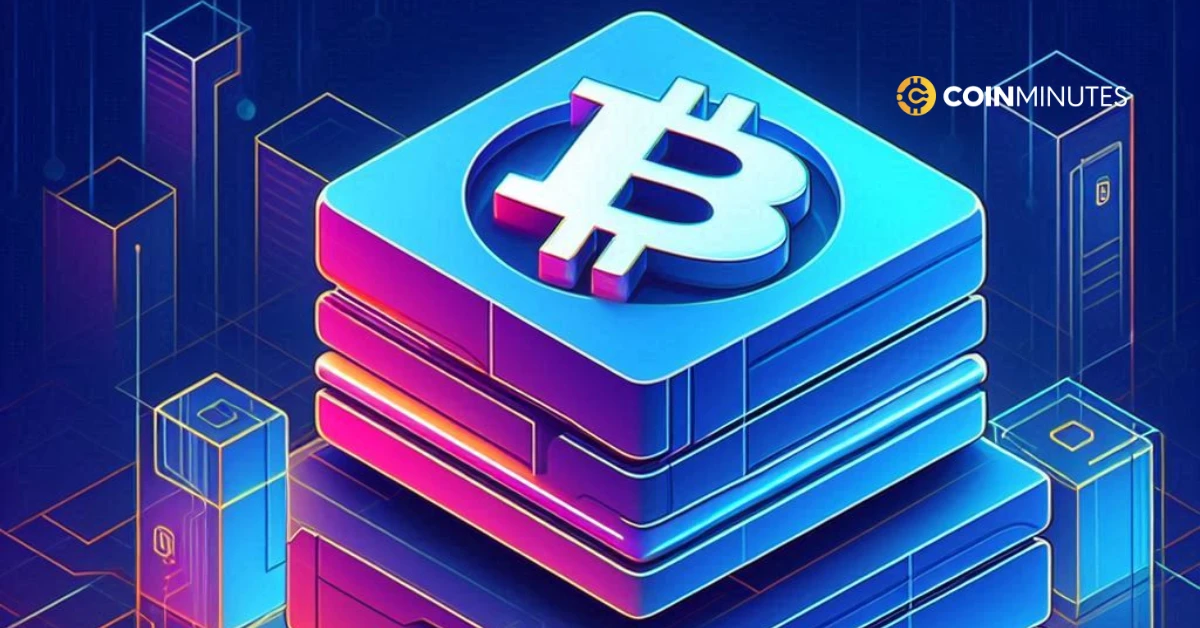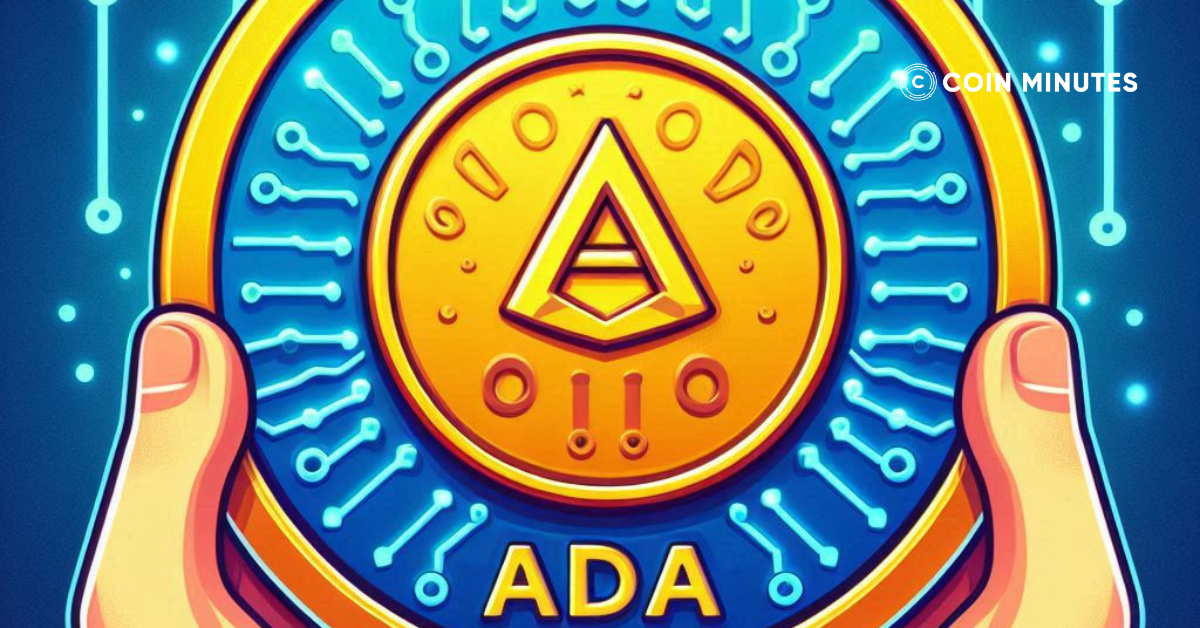Layer 1 networks have paved the way for decentralized finance and applications. However, these networks grapple with challenges such as sluggish transaction speeds, exorbitant fees, and scalability bottlenecks. Consequently, Layer 2 solutions have emerged as a beacon of innovation, serving as supplementary layers atop existing blockchain infrastructure.
Layer 2 solutions propose novel approaches to enhance scalability, improve transaction efficiency, and mitigate fee burdens while preserving the core principles of decentralization and security. Here is what you need to know about Layer 2.
Key Takeaways
|
What Is Layer 2?
Layer 2 refers to a variety of solutions built on top of Layer 1 blockchains like Bitcoin or Ethereum. The main goal of Layer 2 is to scale these Layer 1 blockchains while preserving their inherent advantages.
There is a common misconception that only Ethereum has Layer 2 solutions. In reality, Layer 2 can be developed on any Layer 1 blockchain, provided there is sufficient user demand. Besides Ethereum, blockchains such as Bitcoin and BNB Chain also have their own Layer 2 solutions.
Purpose of Layer 2
Layer 2 solutions aim to:
- Increase transaction throughput, reduce network congestion, and enhance user experience.
- Bundle multiple transactions into a single transaction for processing, lowering gas fees and making blockchain more accessible to users.
- Achieve scalability without sacrificing key features like security or decentralization, as Layer 2 is developed on top of the existing network.
- Develop specialized networks tailored to specific purposes, capable of operating at a large scale.
The Need for Layer 2 Solutions
During peak times, transaction fees on Ethereum can soar to thousands of dollars per transaction. Besides high gas fees, transaction completion on Ethereum can also be very slow.
This scalability issue isn’t unique to Ethereum. Bitcoin, for instance, can only handle an average of 7 transactions per second. Other chains like BNB Chain, Polygon, and Avalanche also experience frequent congestion during peak times. These challenges drive the need for solutions to expand network capacity, with Layer 2 being one of the prominent approaches.
Layer 2 works by bundling multiple transactions into a single batch, which is then sent to Layer 1 for verification. This method lowers gas fees, speeds up transactions, and significantly improves user experience. Since Layer 2 solutions are built on top of Layer 1, they also inherit key benefits like security and decentralization.
How Does Layer 2 Work?
Layer 2 protocols in cryptocurrency and blockchain technology provide a secondary framework that operates separately from the main blockchain (Layer 1). This means that a substantial portion of transaction processing can be offloaded from the main chain to the second layer, enhancing overall network efficiency.
Layer 2 solutions subsequently post the transaction data back to Layer 1, where it is securely recorded in the blockchain ledger. These protocols vary in accessibility, with some being versatile enough for a range of applications, while others are tailored to specific projects.
Types of Layer 2 Solutions
Sidechains
Sidechains are independent blockchain networks with their own set of validators. This means that the smart contracts bridging to the main chain do not verify the validity of the sidechain network. Therefore, users must trust that the sidechain is functioning correctly, as it can control assets on the original chain.
Rollups
Rollups enable transactions to occur off-chain on Layer 2 solutions, with verification and storage handled on Layer 1. This approach accelerates transactions on Layer 1 and significantly reduces network fees.
Here are two notable roll-up types that are gaining attention:
- Validity Rollup (Zk Rollup): This allows the Bitcoin network to increase its throughput by up to 100 times while integrating smart contracts without causing overload. Chainway is one of the pioneering projects implementing Validity Rollup on the Bitcoin network.
- Sovereign Rollup: This rollup model allows Layer 2 to leverage Bitcoin’s infrastructure, such as data availability and consensus mechanisms, to participate in transaction validation. The Rollkit project is currently utilizing the Sovereign Rollup model.
State Channels
In 2018, State Channels were developed as a Layer 2 solution for Ethereum, allowing two users to conduct multiple transactions between themselves without needing to post each transaction on the blockchain.
When a channel is opened, each user locks a certain amount of funds into a smart contract on the blockchain. They can then carry out transactions between themselves without posting these transactions to the blockchain. When a user wants to withdraw funds from the channel, they send a transaction to the blockchain to settle the channel. This transaction confirms all the state changes made within the channel and distributes the remaining funds to each user.
Plasma
Plasma is a Layer 2 scaling architecture proposed by Vitalik Buterin and Joseph Poon to address Ethereum’s scalability issues. Plasma works by creating independent child chains that operate separately from the main Ethereum chain.
Pros and Cons of Layer 2
Pros:
- Scalability: Layer 2 solutions significantly improve the scalability of blockchain networks by offloading transactions and smart contract execution from the main chain. This allows for a higher throughput of transactions and better performance overall.
- Faster Transactions: With transactions processed off-chain or in parallel on secondary networks, Layer 2 solutions enable faster transaction speeds. Participants can conduct transactions almost instantly without waiting for confirmation on the main blockchain.
- Lower Fees: By reducing the computational load on the main chain and bundling transactions, Layer 2 solutions help lower transaction fees. This makes blockchain networks more cost-effective for users, encouraging wider adoption and usage.
- Enhanced Privacy: Layer 2 solutions often offer increased privacy and confidentiality for participants. Transactions conducted off-chain or within private channels are not immediately visible on the main blockchain, providing a degree of anonymity.
- Interoperability: Layer 2 solutions can enhance interoperability between different blockchain networks. They allow assets to be transferred seamlessly between chains, fostering a more interconnected ecosystem.
Cons:
- Complexity: Implementing and managing Layer 2 solutions can be complex and technically challenging. Developers may require specialized knowledge and expertise to effectively utilize these solutions.
- Security Risks: Layer 2 solutions introduce additional security risks, as transactions and smart contracts are executed outside the main blockchain. Vulnerabilities in Layer 2 infrastructure could potentially compromise the security of assets and data.
- Centralization: Some Layer 2 solutions may rely on centralized entities or intermediaries for transaction processing or dispute resolution. This introduces centralization risks and undermines the decentralized nature of blockchain technology.
- Dependency on Main Chain: Layer 2 solutions are often dependent on the security and stability of the main blockchain. Any issues or disruptions on the main chain could impact the functioning of Layer 2 networks.
- Limited Functionality: Certain Layer 2 solutions may have limitations in terms of functionality or compatibility with smart contracts. Not all features available on the main blockchain may be supported or easily replicated on Layer 2.
Examples of Layer 2
Lightning Network
The Lightning Network is the first Layer 2 network for Bitcoin, proposed in 2015 by Joseph Poon and Thaddeus Dryja and officially launched on the main net in 2018. Its goal is to improve Bitcoin’s network in two key areas: enhancing throughput and transaction speed, and reducing network fees.
The Lightning Network enables instant transactions without the need to record each transaction on blocks. As a result, transaction fees are relatively low, and transactions are executed quickly. However, the Lightning Network’s operating model is relatively simple and has some vulnerabilities, such as allowing transactions on the Bitcoin network without consensus from miners.
Stacks
Unlike the Lightning Network, Stacks is a Layer 2 blockchain that allows Bitcoin’s network to interact with smart contracts, enabling developers to build decentralized applications (dApps) for the Bitcoin ecosystem.
In Stacks’ operating model, the project utilizes the Proof of Transfer (PoX) consensus mechanism, allowing miners to use Bitcoin to participate in the Stacks network. Miners send a certain amount of Bitcoin to a specified wallet address to serve as collateral. Stacks then randomly selects miners to validate transactions, with higher amounts of Bitcoin increasing the chances of becoming a validator.
Overall, Stacks’ operating model inherits Bitcoin’s security by utilizing Bitcoin as collateral. However, because it relies on the Bitcoin blockchain, which has a slow block generation time, Stacks may face scalability limitations as it attracts more users.
Liquid
Liquid is a Layer 2 blockchain designed to improve Bitcoin’s network efficiency and scalability through a consensus mechanism different from Bitcoin’s. Liquid currently has relatively fast transaction speeds, taking about 60 seconds to create a block and two blocks to complete a transaction.
Liquid’s consensus mechanism is Strong Federation, comprising large entities in the market such as financial institutions and Bitcoin whales to validate transactions on Liquid. There are 15 validators selected in a round-robin process.
In addition, Liquid has a native token called L-BTC, with its total supply depending on the amount of BTC brought into the Liquid network. Conversely, the amount of L-BTC will be “burned” if the BTC in Liquid is withdrawn.
Rootstock
Rootstock is a Layer 2 blockchain aimed at improving transaction speed and fees on the Bitcoin network. Additionally, Rootstock is highly compatible with the Ethereum Virtual Machine (EVM), allowing developers to easily build an ecosystem for the Bitcoin network.
Rootstock uses the Proof of Work consensus mechanism with a similar algorithm to the Bitcoin network, enabling miners to simultaneously participate in both the Bitcoin and Rootstock networks. In its operating model, Rootstock resembles Layer 2 solutions on Ethereum, where transactions are processed off-chain and then sent to Layer 1 – Bitcoin for validation and recording on blocks.
According to the project, Rootstock maintains stable transaction speeds, with a block generation time of 30 seconds and a transaction throughput of 20-30 transactions per second.
The Bottom Line
Layer 2 is a vital solution for expanding Layer 1 blockchains to achieve larger scales. Currently, Ethereum leads the development of Layer 2 solutions, with Rollup being one of the standout options. The competition among high-capacity Layer 2 solutions is expected to intensify in the future.








